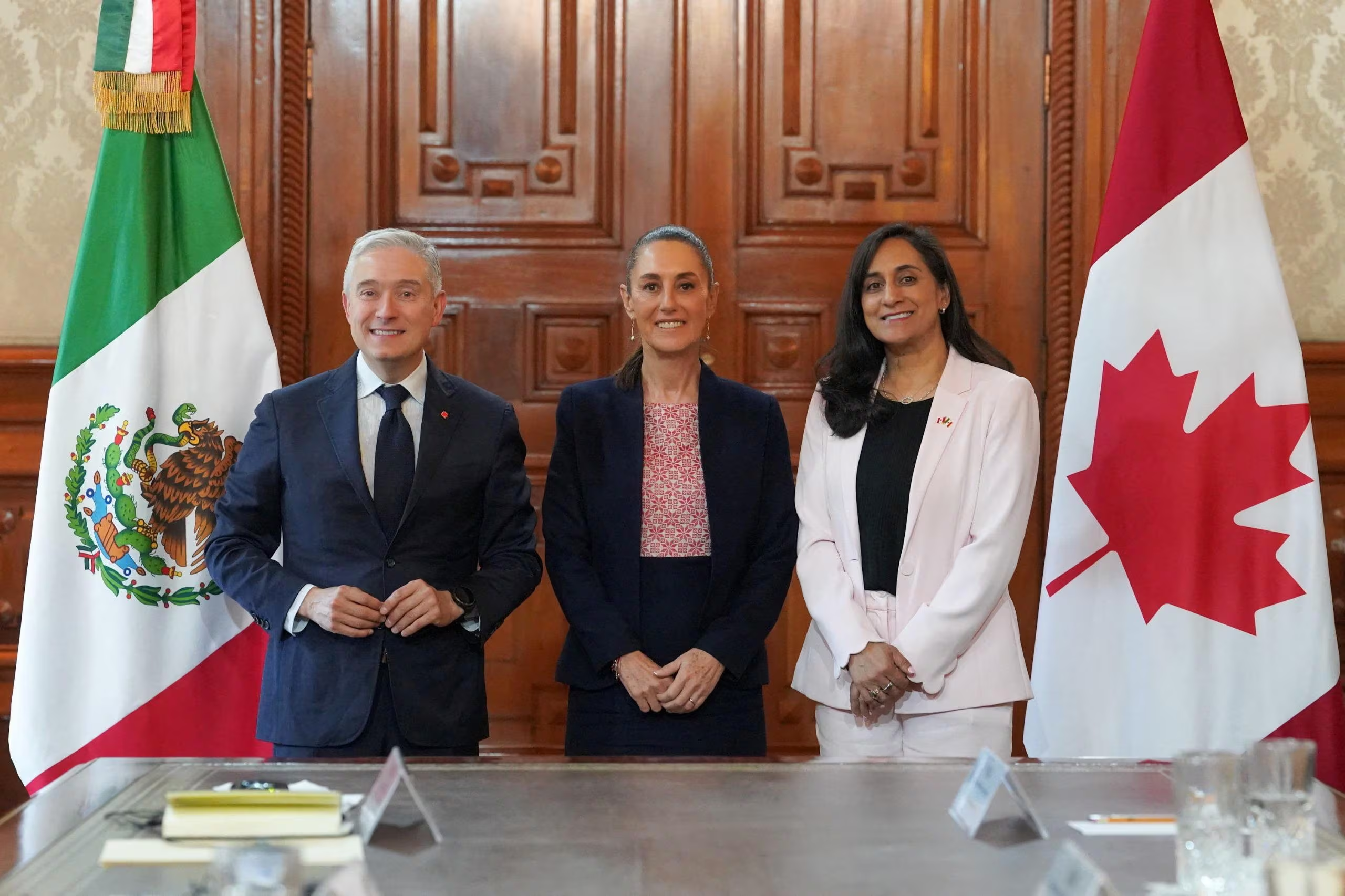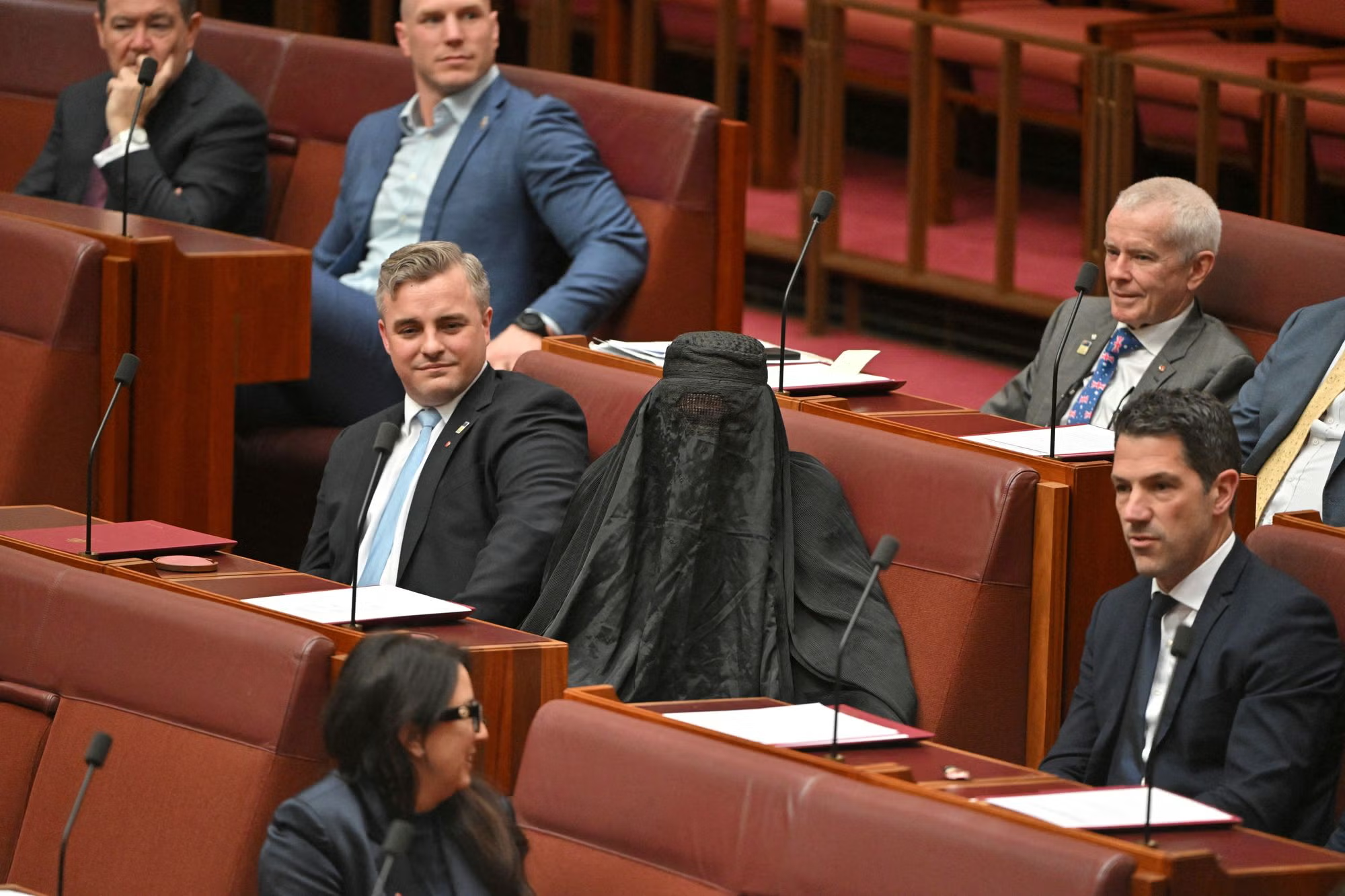Mexico’s President Claudia Sheinbaum and Canadian PM Mark Carney sign a new strategic partnership pact, calling for a “fairer” USMCA trade deal ahead of its 2026 review.

A New North American Alliance
In a decisive move for North American relations, Mexico and Canada have signed a strategic partnership pact, pledging closer political and economic ties. The agreement was announced after a meeting between Mexican President Claudia Sheinbaum and Canadian Prime Minister Mark Carney, where both leaders underscored the need for a “fairer” trade framework with the United States.
The pact comes just months before formal negotiations begin over the 2026 review of the US-Mexico-Canada Agreement (USMCA)—the trade deal that replaced NAFTA in 2020.
Building Leverage Before 2026
By aligning their positions early, Mexico and Canada are signaling to Washington that they will present a unified front during talks. Both leaders emphasized that while trade with the United States is vital, the current USMCA terms often tilt in Washington’s favor.
Sheinbaum described the pact as a step toward ensuring “mutual respect and balanced trade benefits”, while Carney stressed the importance of “fair competition and sustainable growth” for all three economies.
Observers say this joint stance could help Mexico and Canada negotiate from a position of strength, particularly on contentious issues such as automobile rules of origin, agricultural exports, digital services, and labor standards.
Beyond Trade: A Strategic Partnership
The new pact is not limited to trade. It also outlines cooperation in clean energy, climate change, labor mobility, and technological innovation. Both countries have pledged to:
- Strengthen renewable energy projects and cross-border energy trade.
- Expand student exchange programs and research collaboration.
- Coordinate on immigration policies to address labor shortages.
- Support digital transformation initiatives across industries.
By broadening the scope of cooperation, Mexico and Canada are positioning their relationship as a long-term strategic alliance, not just a temporary negotiating tool.
Implications for the United States
For the US, the Mexico-Canada alignment poses both challenges and opportunities. On one hand, Washington will face stronger demands during the USMCA review, particularly on issues like subsidies, tariffs, and dispute resolution mechanisms. On the other hand, a more coordinated North American bloc could improve regional stability, supply chain integration, and competitiveness against Europe and Asia.
Trade experts suggest the US may have to adopt a more conciliatory tone to prevent negotiations from becoming a political flashpoint in the run-up to the 2026 review.
Global Context
The Mexico-Canada pact reflects a broader trend of countries seeking regional solidarity amid global economic uncertainty. With rising geopolitical competition, supply chain disruptions, and shifting energy markets, North America’s ability to act cohesively will play a critical role in shaping the continent’s economic resilience.
As the countdown to the 2026 USMCA review begins, Mexico and Canada have taken a bold step by forging a strategic partnership pact. Their call for a “fairer” trade deal with the United States signals a new phase in North American relations—one where collaboration, balance, and shared prosperity take center stage.
The message to Washington is clear: North American trade must evolve to meet the needs of all three nations, not just one.









Comments are closed.